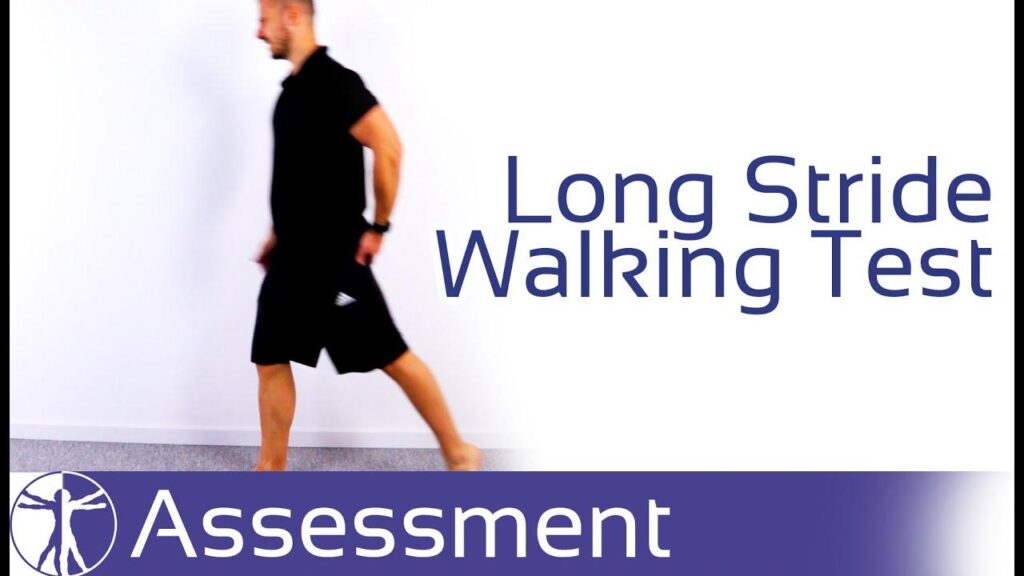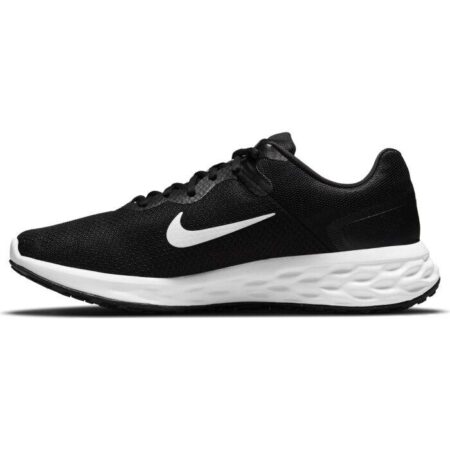In the relentless pursuit of speed on the track, sprinters are continually refining their technique to shave off precious milliseconds. Recent insights reveal that the secret to explosive acceleration lies not just in raw power, but in mastering the balance between longer strides and faster steps. This combination, experts say, can unlock new levels of sprinting performance, offering athletes a competitive edge in races where every fraction of a second counts. Our latest report delves into how these biomechanical factors are reshaping training approaches and propelling sprinters toward record-breaking finishes.
Optimizing Stride Length for Maximum Sprinting Efficiency
Finding the perfect balance between stride length and cadence is a game-changer for sprinters striving to maximize their performance. Overextending strides can lead to wasted energy and decreased speed, while overly short steps diminish momentum. Elite athletes fine-tune their stride to a point where each step propels them with optimal force, reducing ground contact time without sacrificing power. This precision in movement requires not just natural ability, but dedicated drills focusing on hip flexibility, explosive strength, and neuromuscular coordination.
Key strategies to optimize stride length include:
- Plyometric training to enhance explosive power and reactive strength
- Dynamic stretching to improve hip and hamstring mobility
- Video analysis for biomechanical efficiency and correction
- Incremental overload in sprint drills to gradually push limits
| Stride Length (meters) | Average Ground Contact Time (ms) | Efficiency Rating (%) |
|---|---|---|
| 1.7 | 95 | 87 |
| 1.9 | 85 | 93 |
| 2.1 | 90 | 89 |
Enhancing Step Frequency to Boost Speed on the Track
Increasing the cadence of your steps is essential for reaching elite sprinting speeds. Rather than relying solely on powerful strides, top sprinters maximize velocity by minimizing ground contact time and cycling their legs faster. Improving neural efficiency through targeted drills can train the nervous system to fire muscles more rapidly, promoting quicker turnover without sacrificing form. Coaches emphasize incorporating high knees, bounding exercises, and resisted sprints in training regimes to sharpen this quick-step ability.
Data from recent performance analyses reveal clear distinctions in step frequency among competitive sprinters. The numbers highlight how subtle enhancements in step rate yield significant gains in speed. Below is a breakdown comparing average step frequencies and corresponding speeds:
| Athlete Level | Average Step Frequency (steps/sec) | Top Speed (m/s) |
|---|---|---|
| Amateur | 3.5 | 7.2 |
| Collegiate | 4.2 | 8.5 |
| Professional | 4.8 | 9.7 |
To transform step frequency into race-winning speed, sprinters focus on:
- Plyometric drills that boost explosive leg turnover
- Metronome-based running for precise cadence control
- Flexibility training to allow rapid repositioning of limbs
Training Techniques to Combine Longer Strides and Faster Steps
Mastering the fusion of extended strides with rapid foot turnover demands a targeted approach that optimizes both power and agility. Athletes should emphasize plyometric exercises such as bounding and hurdle hops to enhance explosive leg strength, allowing for increased stride length without sacrificing speed. Coupling this with high-knee drills encourages quicker leg cycles, fostering faster step rates. Incorporating resisted sprints using sleds or resistance bands can further develop the necessary force application during ground contact, refining the balance between stride length and frequency.
Structured training plans benefit from diversifying modalities that address biomechanics and neuromuscular control. The table below outlines key techniques alongside their primary benefits:
| Technique | Focus Area | Benefits |
|---|---|---|
| Bounding Drills | Explosive Power | Increases stride length |
| High-Knee Runs | Leg Speed | Enhances step frequency |
| Resisted Sprints | Force Application | Improves ground contact strength |
| Plyometric Circuits | Elasticity & Timing | Optimizes stride mechanics |
Concluding Remarks
In the relentless pursuit of sprinting excellence, it is clear that mastering the balance between longer strides and faster steps remains at the core of elite performance. As athletes and coaches continue to refine techniques and training methods, these fundamental elements stand out as crucial keys to shaving precious milliseconds off race times. With science and strategy evolving hand in hand, the future of sprinting promises even greater breakthroughs-pushing human speed to unprecedented limits.




